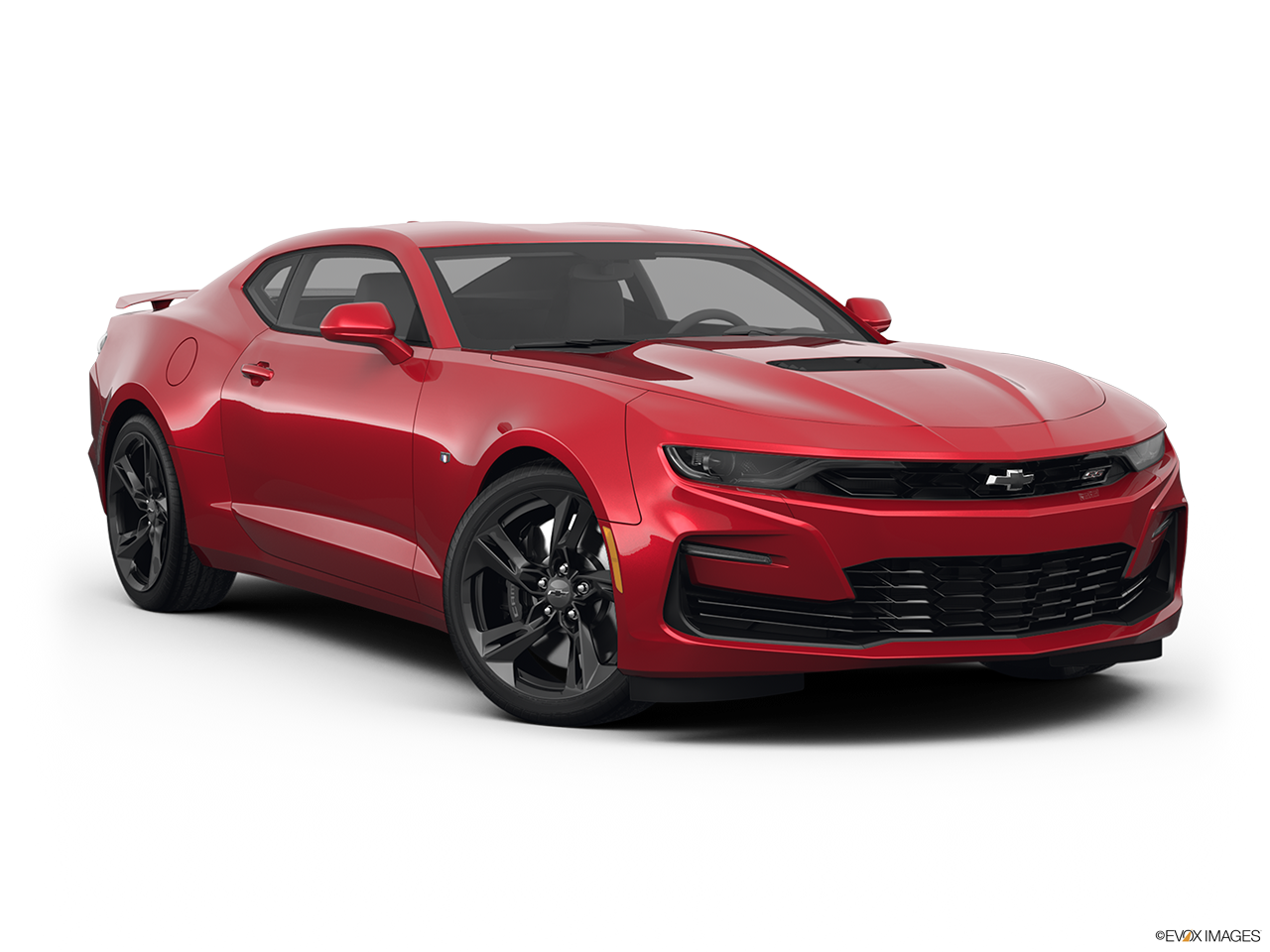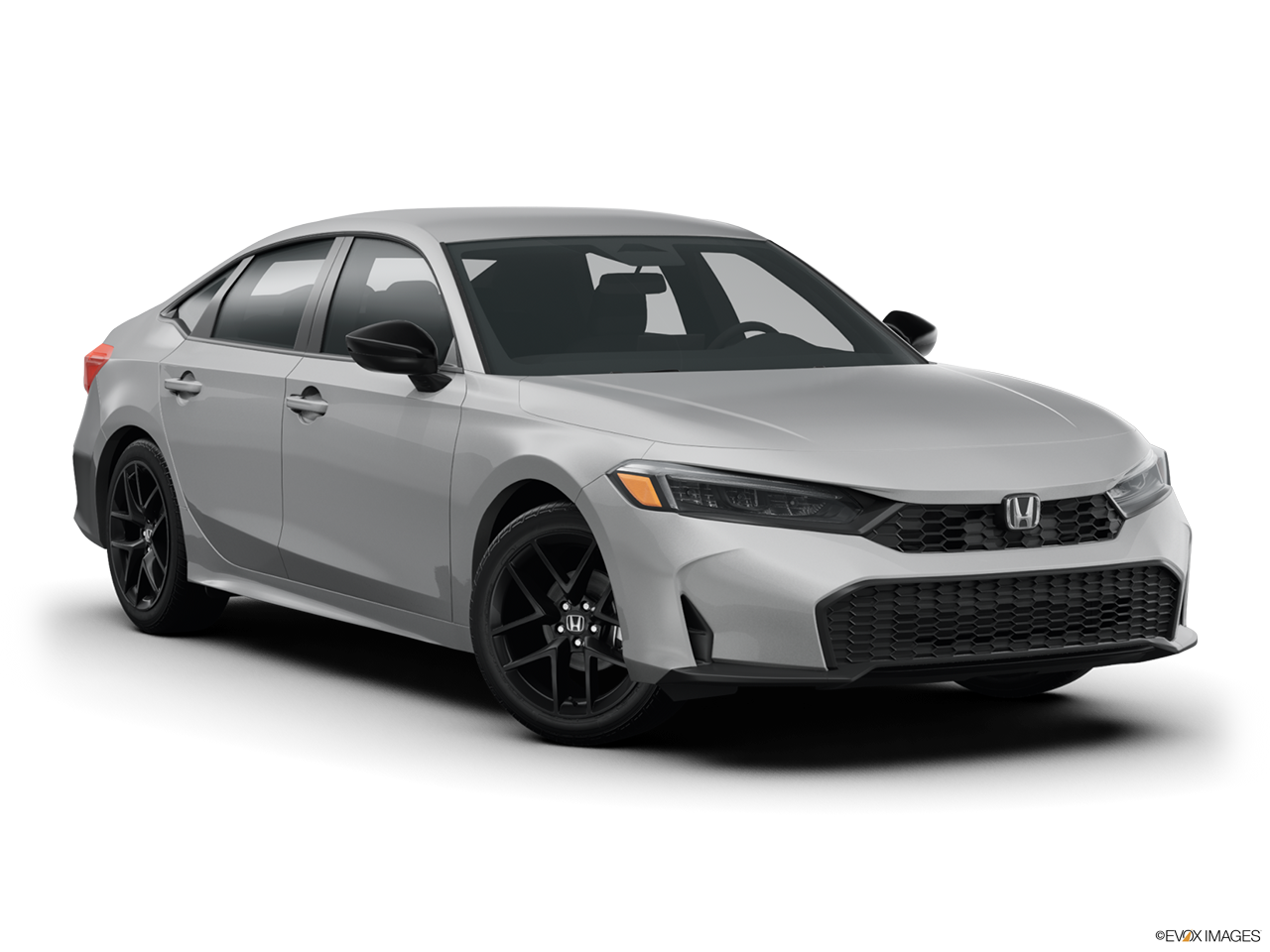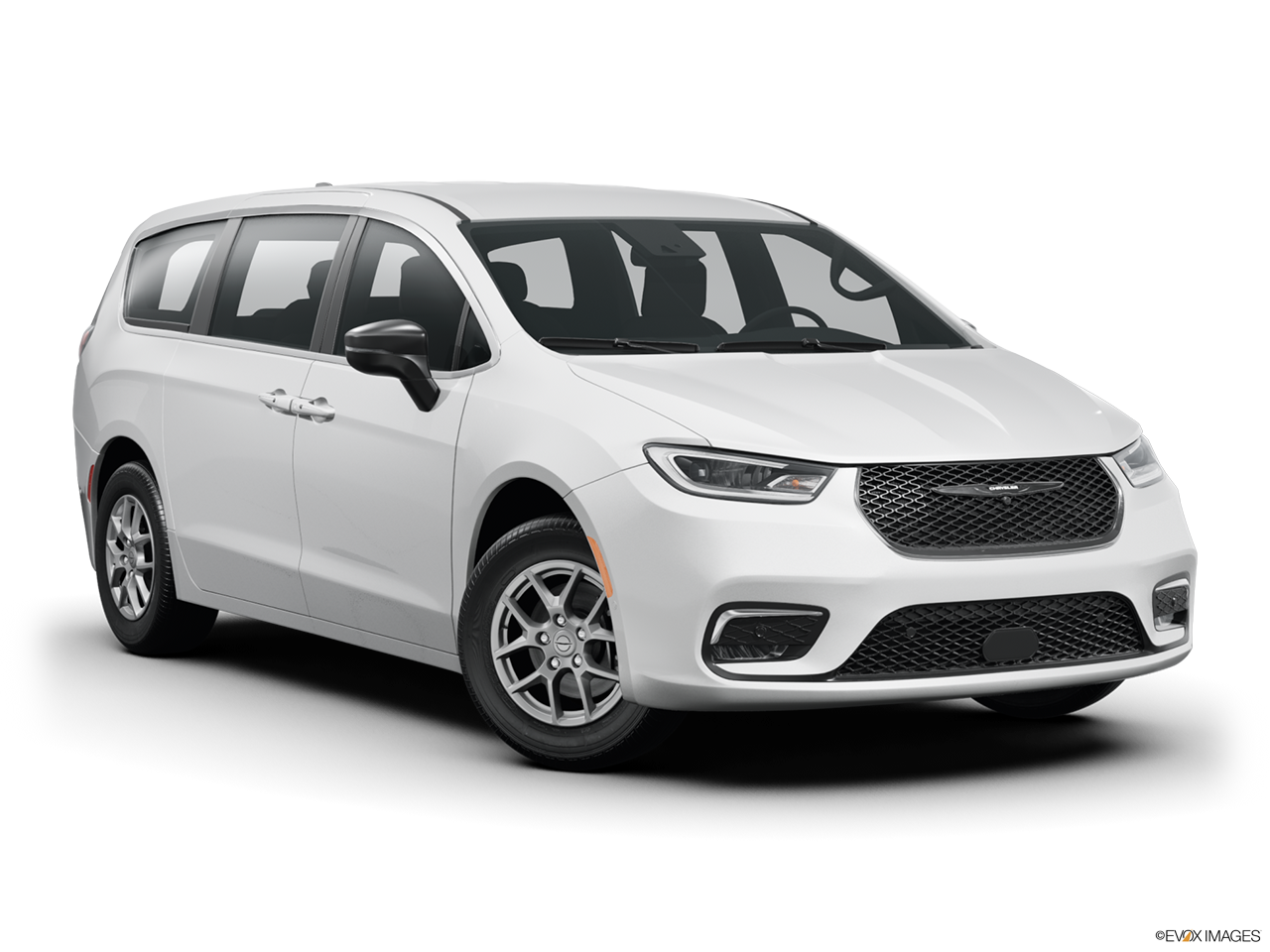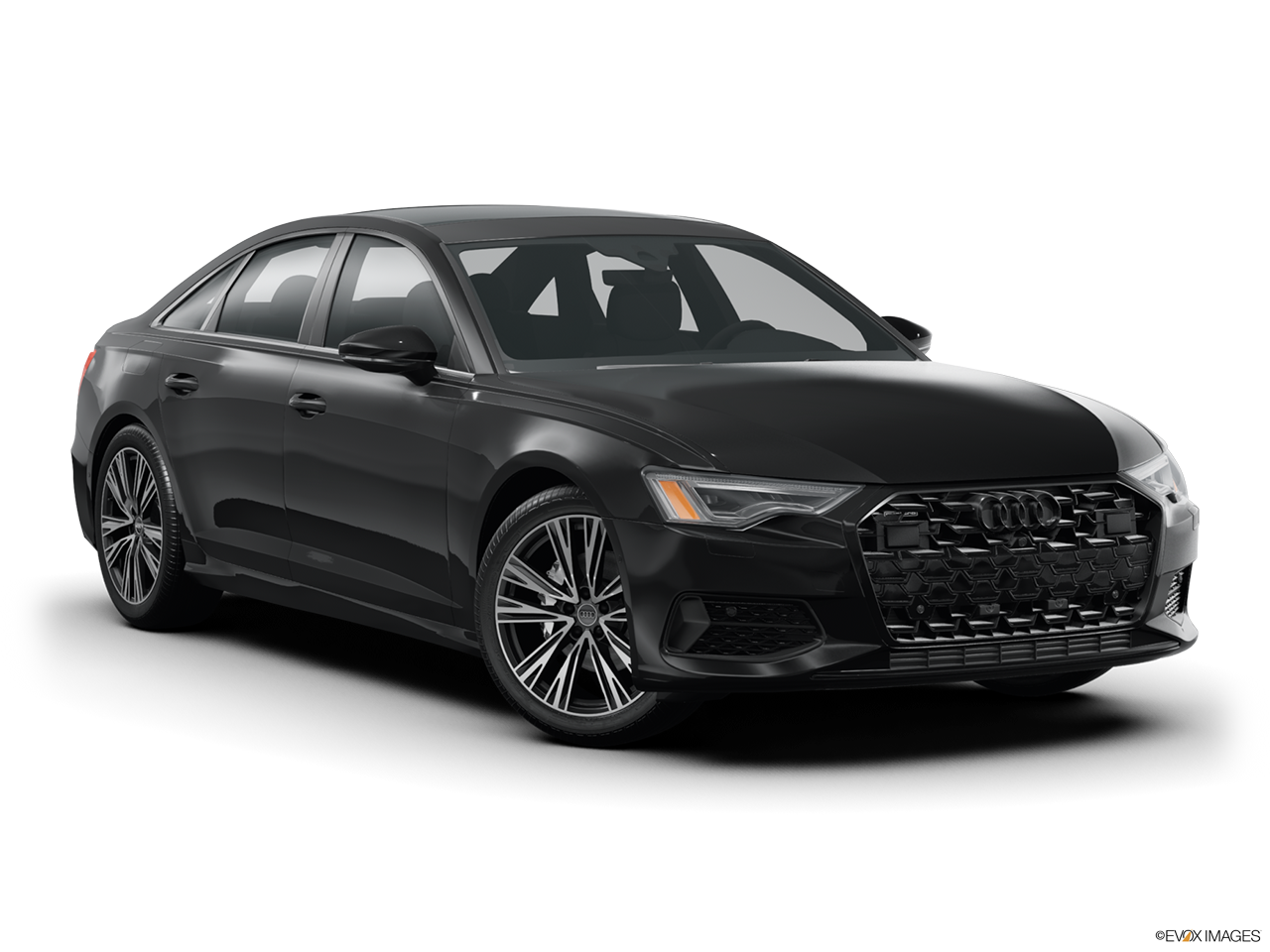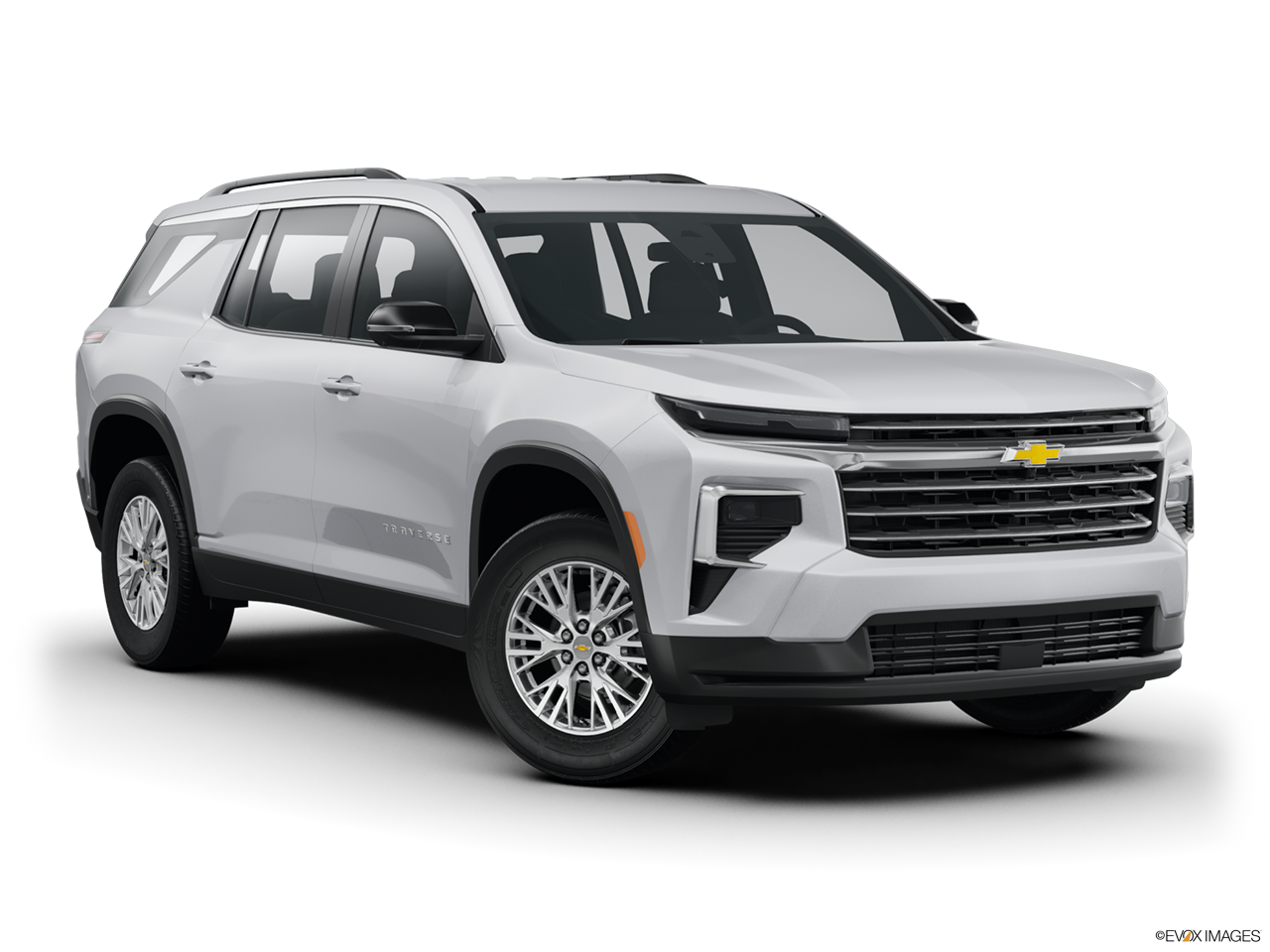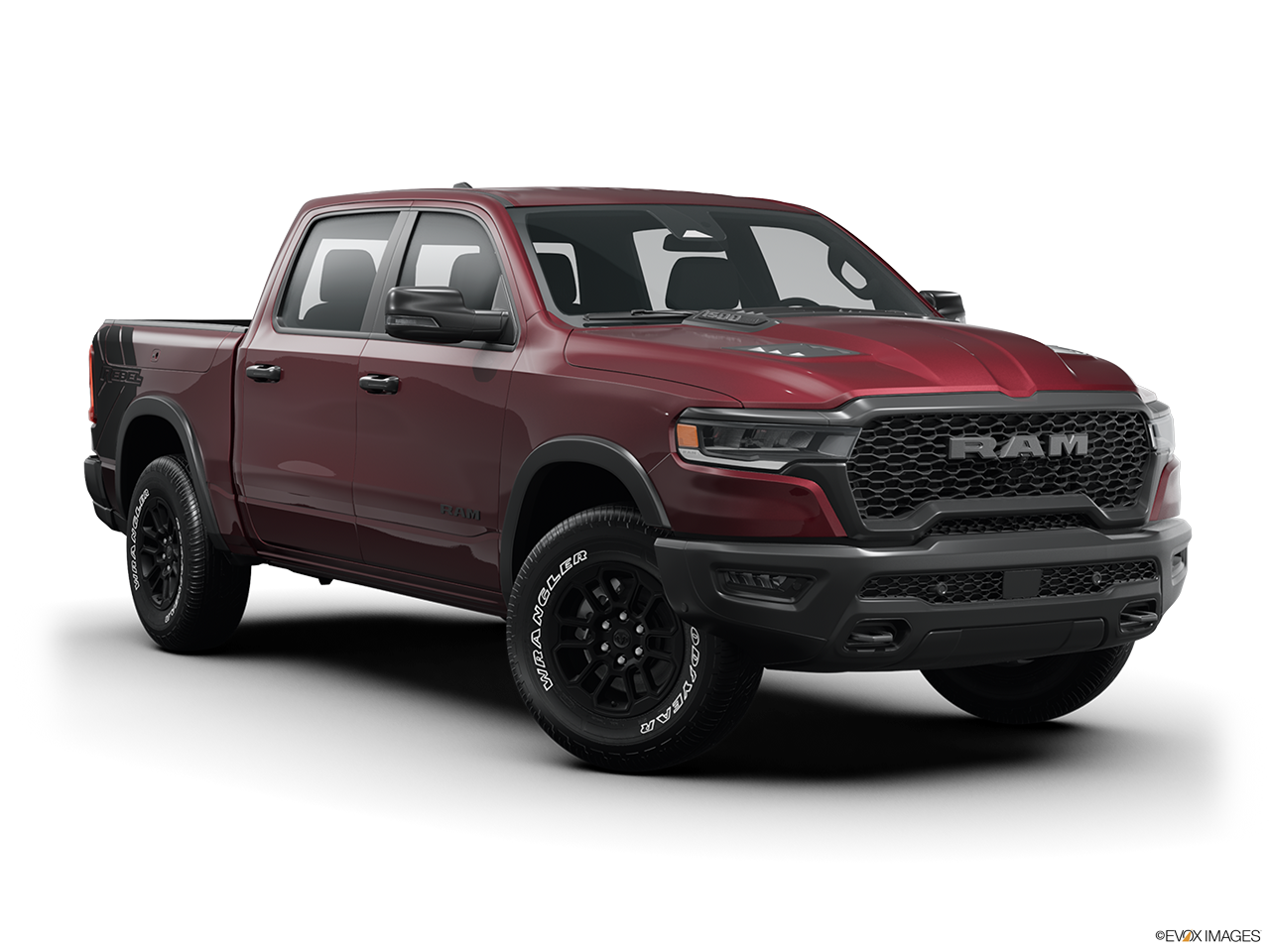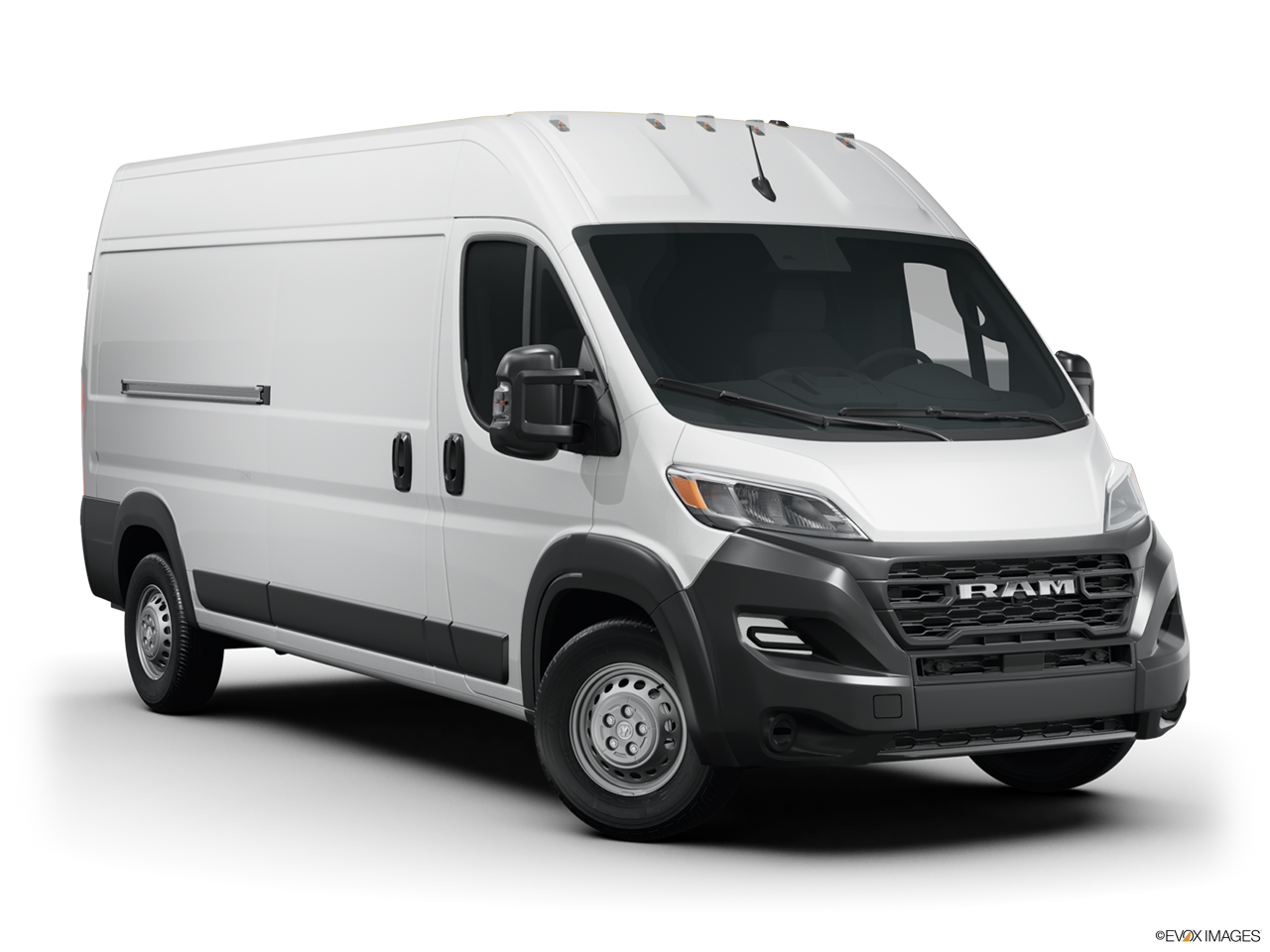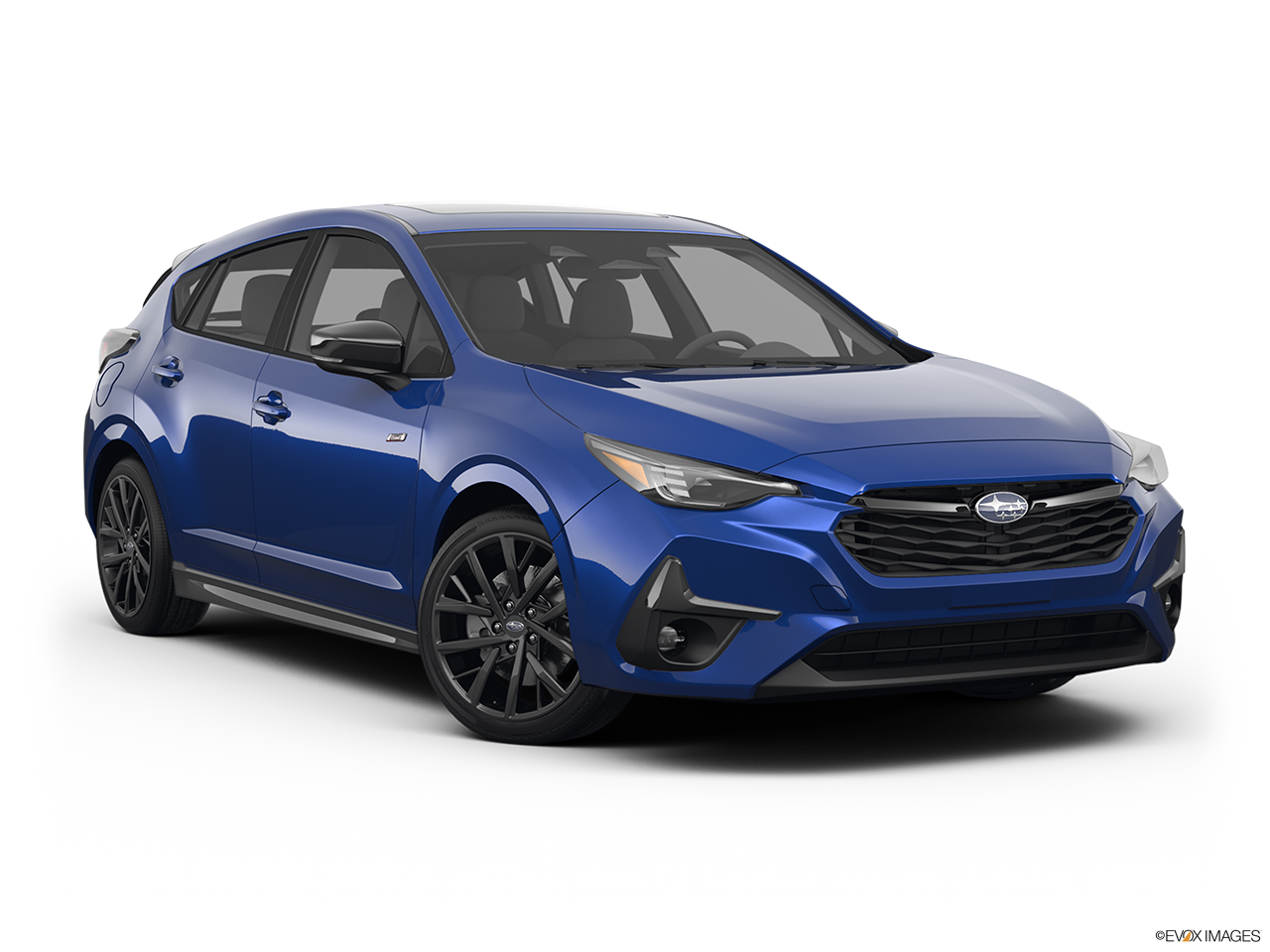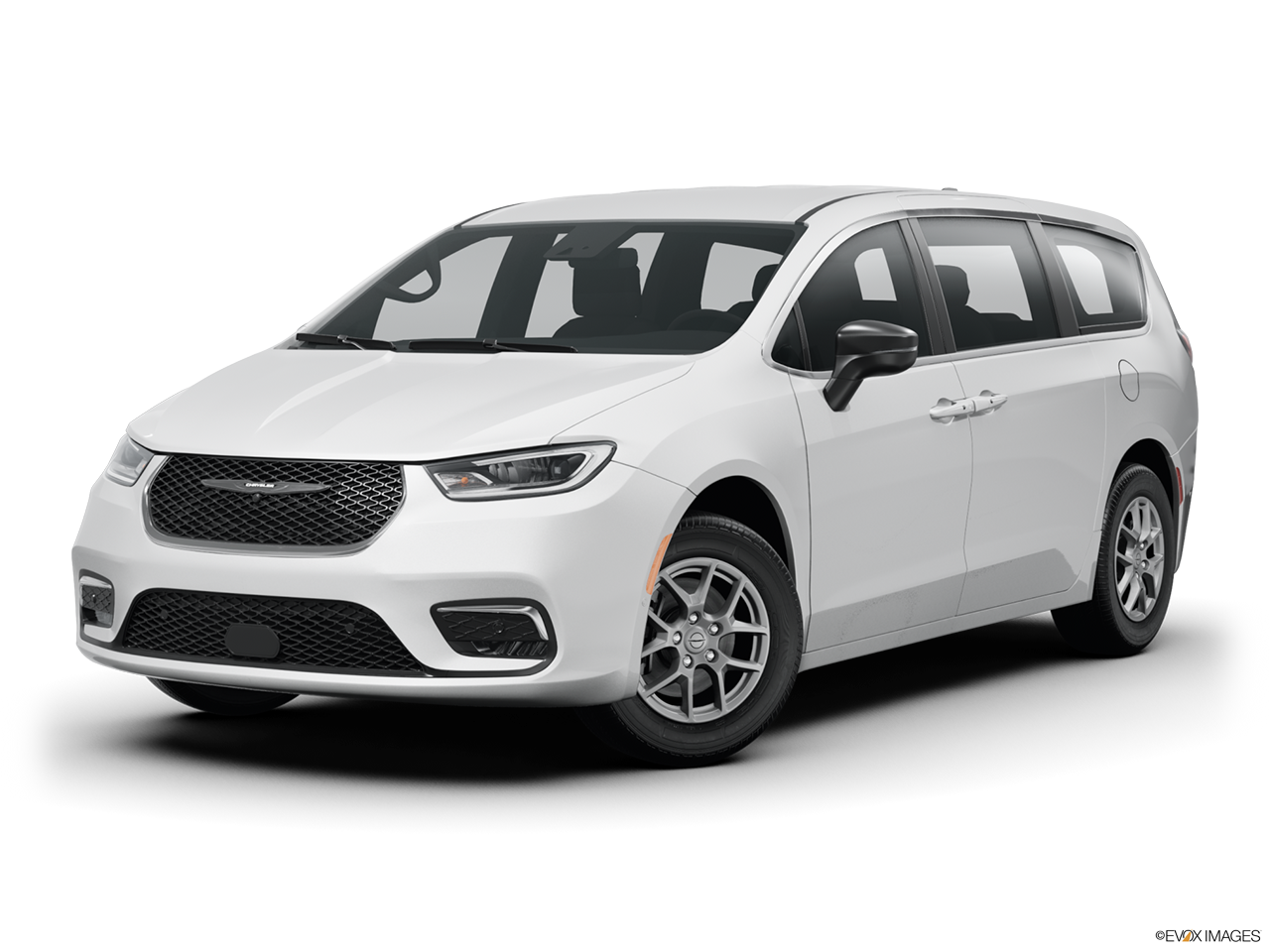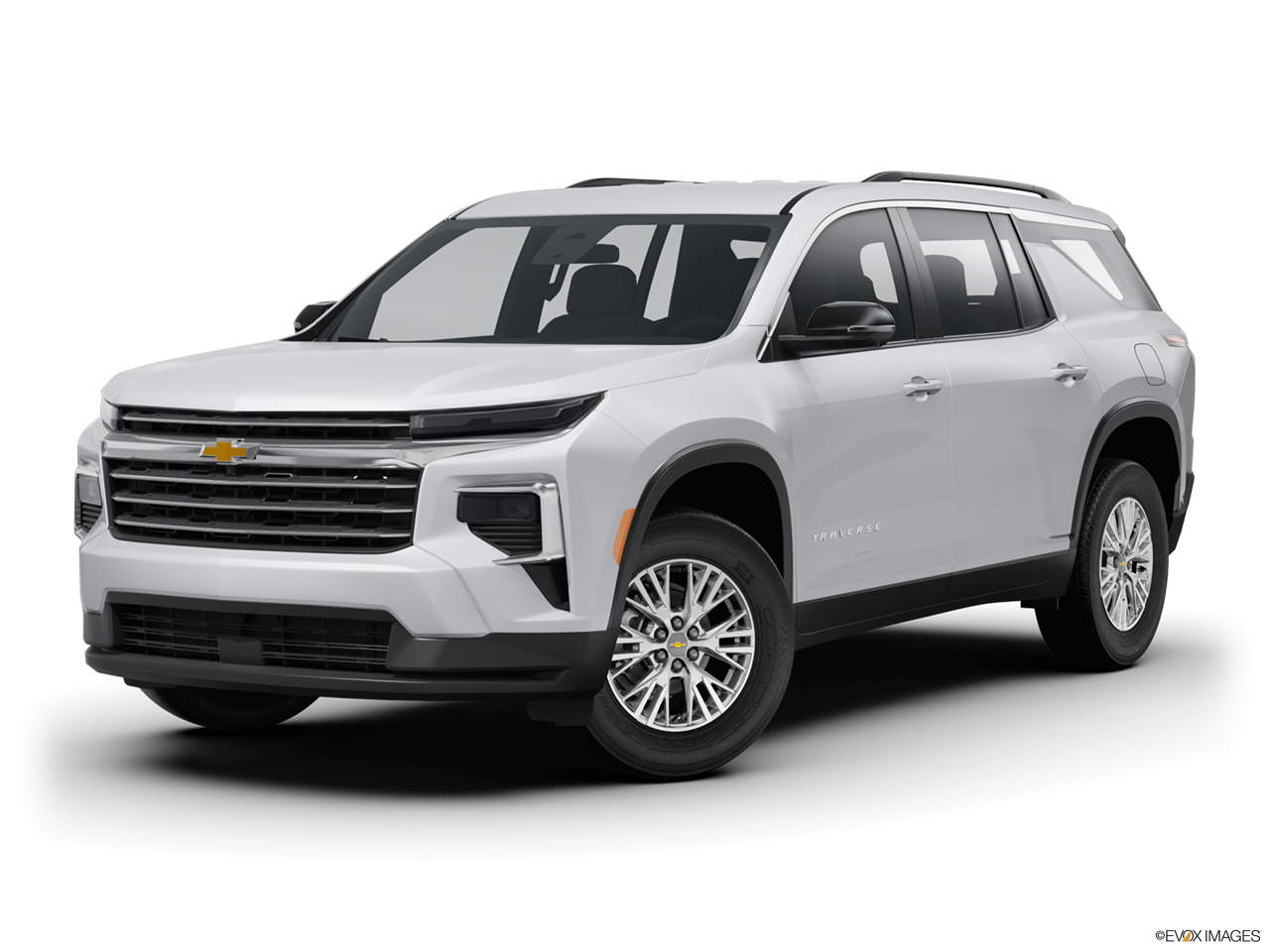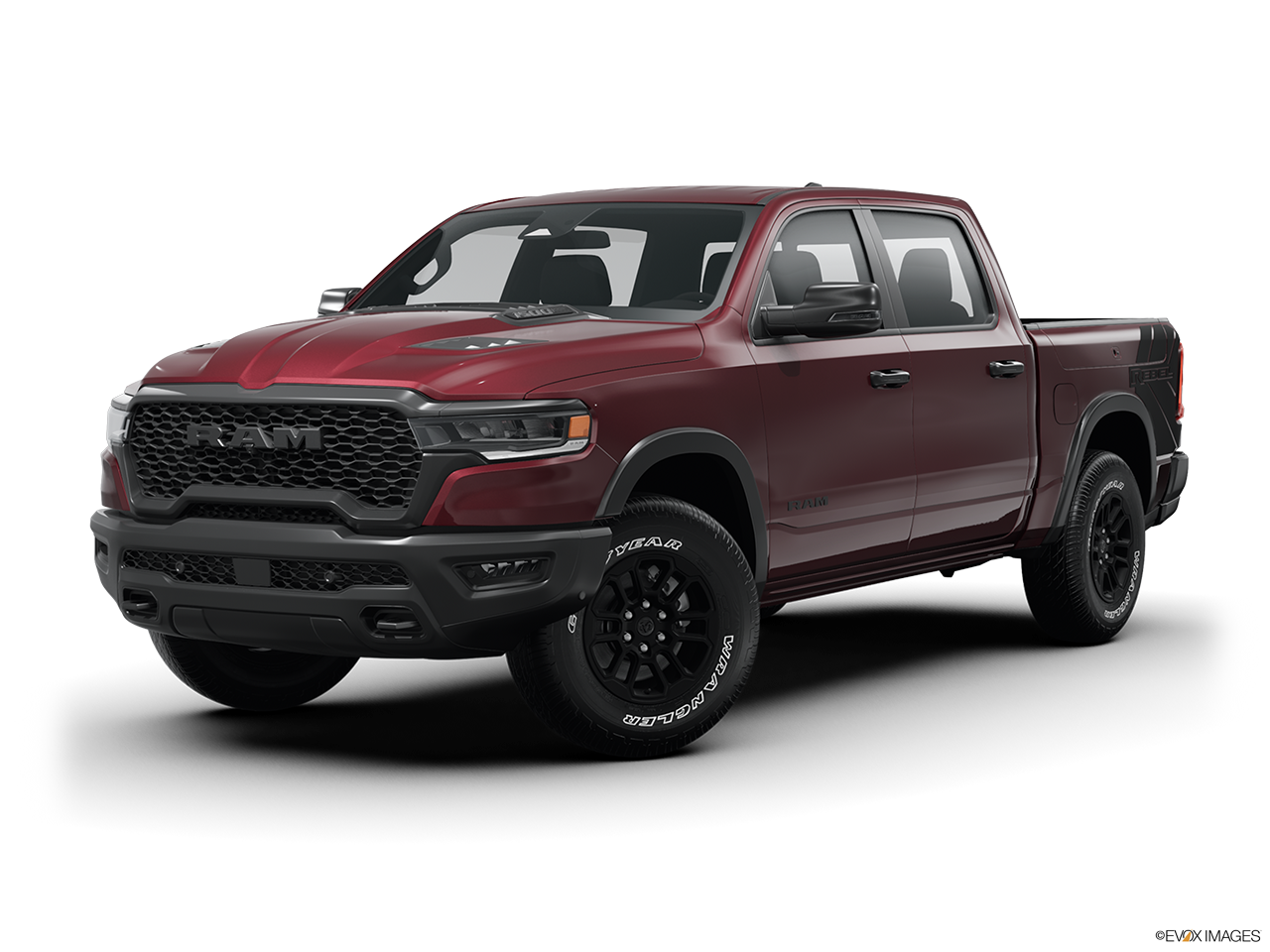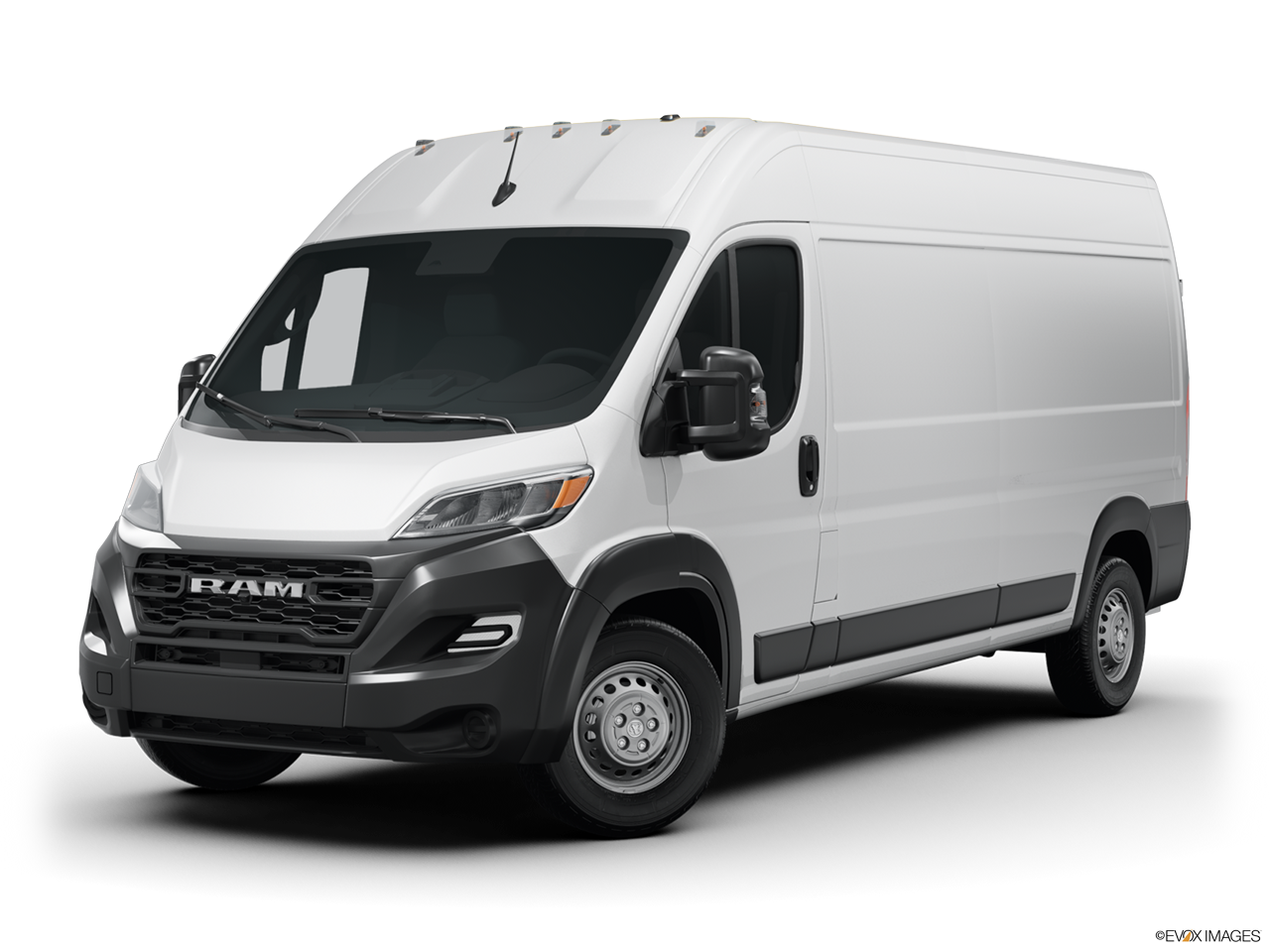2020 Mazda CX-30 vs 2020 Mazda CX-5
By Jakob Hansen, 7/28/2020
Mazda’s new SUV is set to face some strong competition, but where does it lay within Mazda’s current line-up?
Related Articles
- 2020 Kia Telluride vs 2020 Mazda CX-9
- Car Buyers Guide to Invoice Pricing and More
- 2020 Mazda CX-5 Signature Review
When it comes to SUVs, Mazda seems to have most segments covered. The CX-3, CX-5, and CX-9 are all comfortably placed in the most competitive segments on the market. So where does the new CX-30 live, and how does it stand up to the other Mazda’s in the line-up?
The CX-30 is Mazda’s newest addition to their line-up. Released for the 2020 model year, the CX-30 occupies a space between the CX-3 and CX-5, and filled one of the niche roles that Mazda is now looking to expand into.
Mazda recently adopted a new "Kodo" design language, a vehicular architecture that portrays “speed, tense, and alluring,” according to Mazda. The updated design encompasses more than aesthetics, however. Mazda has brought its brand into an upscale market, and created a class of pseudo-luxury vehicles that compete with brands both above, and below their class.
The ability to compete in both economy and luxury classes has given Mazda the unique ability to market their vehicles to a wider range of customers, resulting in a wider reach and ultimately, increased sales. The “new Mazda” is more upscale than ever before, more affordable than other luxury vehicles, and still competes with the highest selling brands such as Honda, Toyota, Ford, and Chevrolet.
The mix of luxury and affordability place Mazda’s vehicles in a unique class occupied by only one or two other vehicles. No other brand directly competes in this
Size
Mazda made space a key component of their modern vehicle development. The new Kodo design language uses space both perceived and actual, to create an environment that melds human and machine into one. Mazda took this mentality and maximized it to create vehicles that encourage driver engagement, as well as practicality of use.
The Mazda CX-30’s overall length is slightly smaller than the CX-5, ringing in at 173 inches versus the CX-5’s 179.1 inches.
Interior space is similar, with the CX-5 just a smidge larger overall. Front headroom is a tall 38.1 inches for the CX-30 and 39.7 inches for the CX-5. Shoulder room rings in at 55.6 inches and 57.1 inches respectively.
Rear seating is not neglected for either vehicle either. The CX-30 has 36.3 inches of rear legroom and the CX-5 is a slightly more 39.6 inches.
Importantly, Mazda did not skimp out on the cargo space, a crucial factor in these classes. The CX-30 comes with an ample 20.2 cu.ft., while the CX-5 significantly ups the numbers to 30.9 cu.ft. and 59.6 cu.ft. with the seats folded.
Overall, an easy way to judge size is by the EPA interior volume measurement. the larger size of the CX-5 over the CX-30 is clear here with the CX-30 rated at 114.3 cu.ft. and the CX-5 irated at 134.5 cu.ft.
Dynamic Abilities
The Kodo design language does not leave out driving dynamics from the equation. Both the CX-5 and the CX-30 are designed with driver engagement in mind. With that being said, these two SUVs do not believe in the unlimited horsepower that some of the other (German) luxury manufactures believe in.
What Mazda does pursuit, however, is a smooth, linear powerband that offers the driver ample power for every situation, and enough to have a little bit of fun when asked.
The CX-30 uses Mazda's 2.5i naturally aspirated four cylinder, good for 186 horsepower and 186 ft-lbs of torque, is a pleasurable powertrain and fits the CX-30 perfectly. The advanced engine features variable valve timing, four valves per cylinder, and a double overhead cam. What it lacks in power, it makes up for in refinement, a smooth powerband, and quietness.
The 2.5i is the only engine option for the CX-30.
The Mazda CX-5 uses the same 2.5i naturally aspirated four cylinder as the CX-30, however as an additional engine option. The optional 2.5l turbo four-cylinder, which kicks out a much healthier 250 horsepower and 320 ft-lbs of torque. The extra power is needed, however, to move around the extra 300-500 pounds, depending on trim level.
Overall, the CX-5's punchier engine offers substantially more pep than the CX-30 and would be enough to sway us towards the CX-5.
Interior Quality
When stepping up or down a class, manufacturers will typically reduce build quality and interior amenities for the lower level vehicles. What this means is the smaller vehicle you get, you also end up getting a lower quality vehicle. Which is a shame for those of us that enjoy the luxuries of life, but don’t necessarily need a full-size SUV.
Mazda has seemed to take this complaint into consideration with the CX-30, because for the most part, the interior quality and features list is not lacking from that of the CX-5. The overall design is excellent, and the build quality is by far the best in the class.
The cabin is feature-rich, with a simple layout, making it easy to navigate the controls. The simplistic layout also adds to the Kodo language, creating an inviting cabin that is easy to sit in, learn, and drive with. What's more is the features list is long. Very long. Forward collision warning and braking (Mazda “Smart Brake Support”), full-range adaptive cruise control, lane departure warning/lane keep assist, drowsy driver alert, premium bose sound, Apple CarPlay, and many more.
The CX-5 is no slouch either. The interior is of equal build quality, but in fact looks slightly more dated than the CX-30, as it is several years into its design term, however it is still an attractive interior that is equally equipped to the CX-30.
Closing
These two small SUVs are some of the best available on the market. At first glance, it is confusing that Mazda would release two vehicles so similar in size and shape, however once you break down the details, you quickly realize that the CX-30 is needed.
The smaller, sporty feel of the CX-30 gives it a completely different character than the larger, more family-oriented CX-5. However, even though the CX-30 is smaller, and more affordable, you are not having to make sacrifices on build quality, features, or comfort
For more information on new car pricing, visit our Car Buyers Guide to Invoice Pricing and More.
|
|
Jakob is our writer with love for all things automotive. He comes from a dealer background with experience on both sides of the fence. As an enthusiast and frequent buyer he knows the system inside and out, he how to get the best deals. No matter what. |

